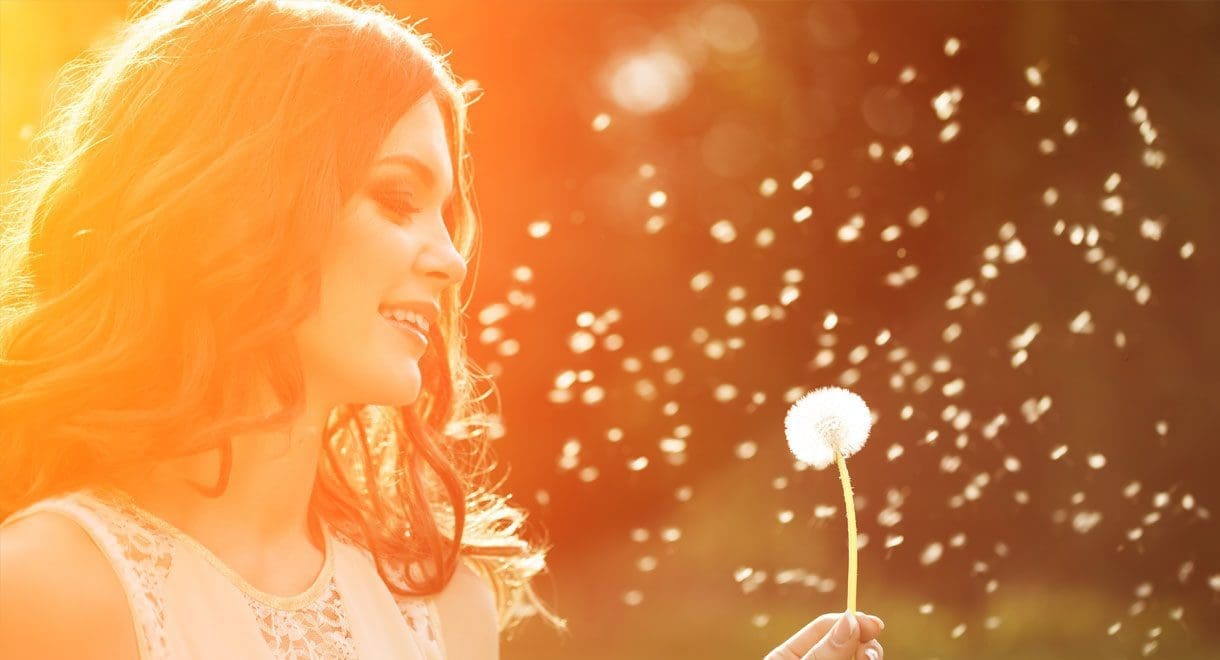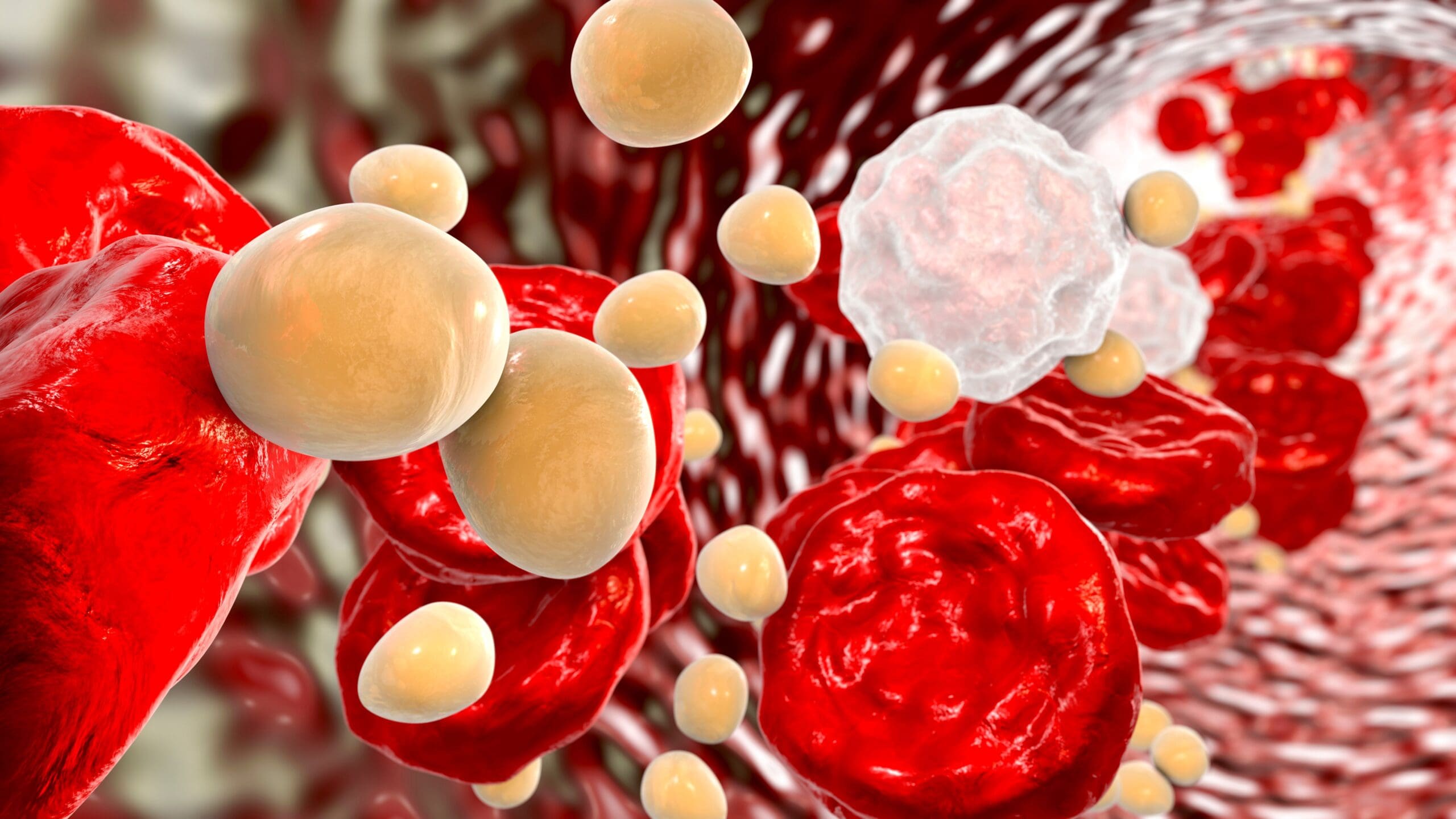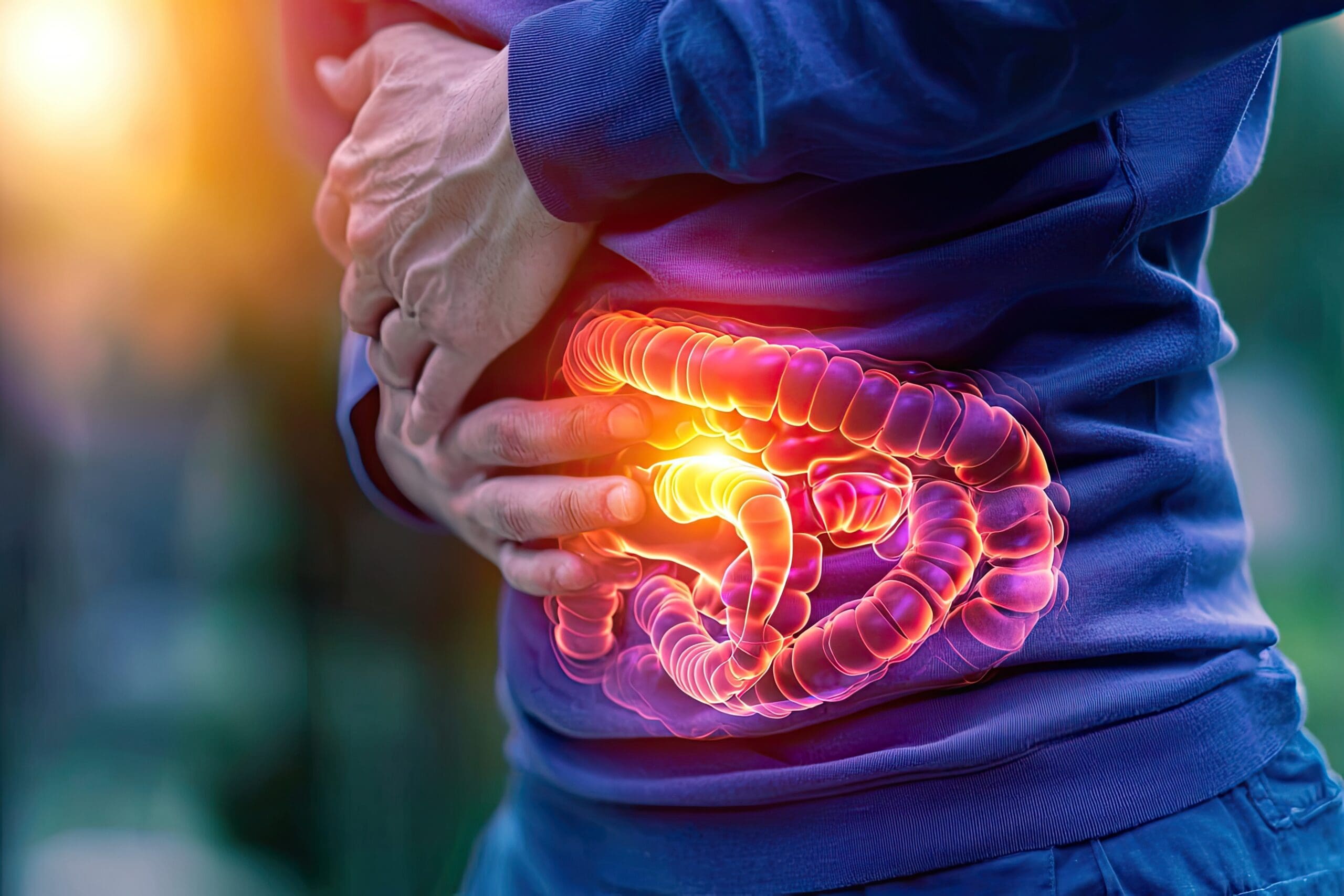Celebrate Spring – BUT it can be achooo for some!
“No matter how long the winter, spring is sure to follow.” ~ Proverb
Spring has officially arrived and while it can be a time of celebration for many, it brings with it spring allergies that cause misery to millions and a much less welcome start with a bout of hay fever.
Approximately 15% of Australians or 3.1 million people report suffering from hay fever according to a recent Australian Institute of Health and Welfare (AIHW) report. It’s a costly business too, with the amount of money paid by community pharmacies to wholesalers for medications commonly used to treat allergic rhinitis having doubled between 2001 ($107.8 million) and 2010 ($226.8 million).
What is hay fever?
A term originating in England, “hay fever” arose out of the popular belief that the ailment was caused by some invisible emission from the new hay of Spring. We now know it is an allergic reaction to the increase in environmental allergens such as pollens from grass, trees and weeds, and fungi, animal dander, dust mites, cockroaches and moulds.
The first step in an allergic reaction is the development of sensitisation. Your immune system overreacts when airborne particles are inhaled from trees, grass and weeds, which release their pollens to fertilise each other. Instead of properly registering the pollen, your body thinks it’s in danger and it sends out an allergic antibody (IgE) response to fight off the particular allergen or invader. Once sensitised, exposure to small amounts of the allergen can cause a rapid allergic response producing histamine.
The antibody triggers chemicals in your body, including histamine, and you suffer the allergic consequences. Excess histamine produces symptoms including itching of the nose, ears, palate, repeated sneezing, watery nasal discharge, nasal congestion or blockage, and for many, these symptoms are accompanied by itchy, watery, red eyes.
Although there is no cure, it can be managed successfully by a medical practitioner, allergy specialist or naturopath, so the best management strategy can be administered to suit your specific condition.
Therapeutic options include allergen avoidance, pharmacotherapy (such as intranasal corticosteroids and antihistamine tablets), non-medicated treatments (such as saline douches or sprays), immunotherapy such as injections of the allergens or sublingual drops of the allergen or a preventative naturopathic approach.
“The key to surviving spring allergies is to know what triggers your symptoms,” says president of the American College of Allergy, Asthma and Immunology, Dr James Sublett.
“Because there can be millions of pollen particles in the air, finding allergy relief can seem nearly impossible for some. By knowing what triggers your allergy symptoms and how to avoid these allergens, you can be on your way to a sneeze-free season,” he said.
There are ways of reducing your exposure by:
- Staying indoors as often as you can, especially on windy days
- Keeping windows closed at home and in the car
- Avoiding window or ceiling fans
- Using recirculating air conditioning while driving
- Wearing sunglasses to protect your eyes (if outdoors)
- Avoiding parks and gardens
- Avoiding mowing the grass and wearing a mask or staying indoors if someone is mowing close by
The other approaches such as antihistamines, while not always predictable, work best when used before allergen exposure. For example, if you’re going bushwalking or being in the outdoors on a warm windy spring day, take an antihistamine before starting out. Topical sprays, tablets or syrups are effective and eye drops can ease itchy and irritated eyes.
Nasal steroidal sprays are the Rolls-Royce of treatments especially for those suffering with severe symptoms. They dampen the symptoms and manage nasal blockage. They need to be used daily and applied correctly to prevent irritation. Despite the name ‘steroid’ they are safer than oral steroids because only small amounts reach the general circulation, although nasal bleeding and fungal infections in the nose, mouth and larynx are common side effects.
Allergy vaccines or immunotherapy has been in use for more than a century. Research provides a better understanding of how it works in reducing allergic inflammation which leads to long-term benefit for those with hay fever. The treatment involves administering doses of allergen extracts at gradually increasing doses. The goal is to ‘re-educate’ the immune system to reduce the allergic symptoms and thus ameliorate the condition.
Immunotherapy, however, is a long-term treatment requiring dedication, compliance and some expense, so it must be prescribed by a specialist who will advise on suitability and provide the vaccine prescription. Furthermore there is still work to be done in refining allergen immunotherapy to ideally cover the gamut of Australian grasses.
A naturopathic prescription involves boosting your immune system with key nutrients. These include citrus fruits of all kinds that are rich in Vitamin C and bioflavonoids, a potent antioxidant that plays a key role in the mobilisation of your immune system defences. Zinc is another powerful immune booster found in meat, eggs, seafood, nuts and seeds. Zinc helps infection-fighting white blood cells to be deployed at the first sign of an invader. Some allergy sufferers find that selenium is helpful in reducing allergic symptoms.
Vitamin D also plays a role in the overall function of your immune system by working behind the scenes to help mobilise your immune cells. During winter your Vitamin D stores can decline so boosting this vitamin before the start of spring makes a lot of sense. Grab a few rays between 11am and 2pm for 15 minutes each day and eat Vitamin D rich foods, such as fatty fish like tuna, mackerel and salmon; dairy products such as cheese and egg yolks, orange juice and beef liver.
Another way to boost your immune system is to look after your gut. Because your gut is populated with plenty of beneficial micro-organisms or “good bugs”, immune-boosting probiotics is just what you need to maintain your optimal immune function. These may be found in good quality natural yoghurts, preferably with no added sugar or probiotic supplements.
Sources:
http://www.jacionline.org/article/S0091-6749(09)02881-4/abstract
http://www.nhs.uk/Conditions/Hay-fever/Pages/Causes.aspx









Leave A Comment